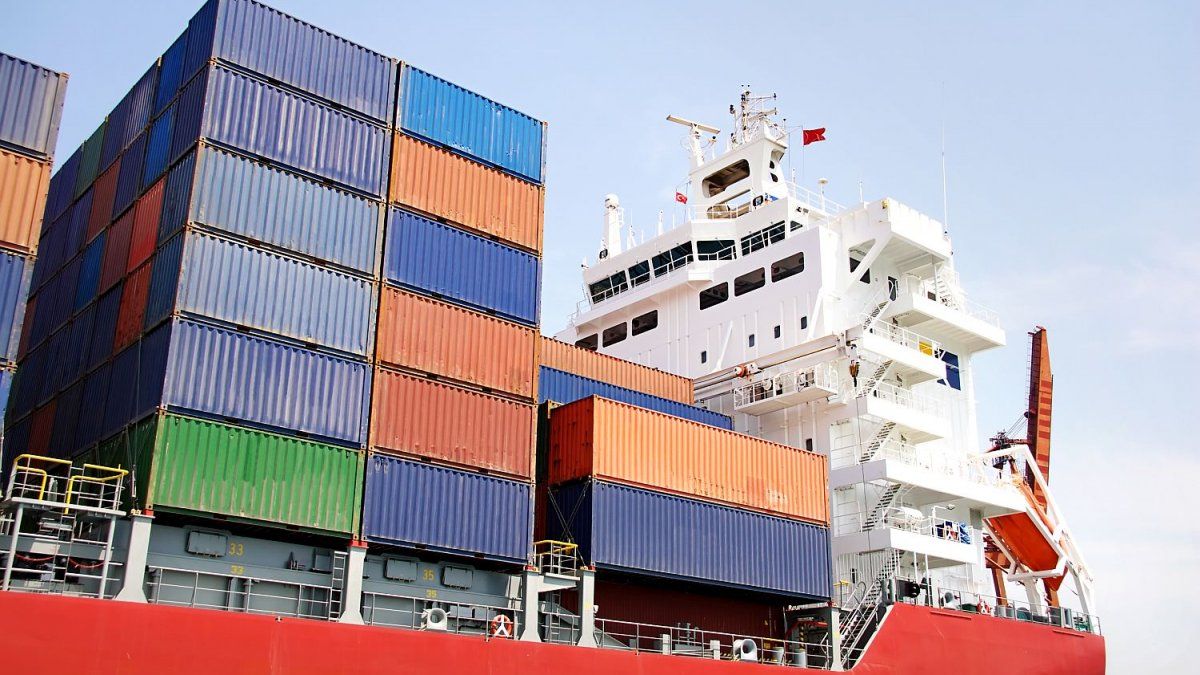Imports to Germany are becoming more expensive – especially energy. This puts companies under cost pressure. Consumers are likely to feel the consequences.
The rise in prices in Germany has accelerated further. In November, import prices rose by 24.7 percent compared to the same month last year, as the Federal Statistical Office announced on Thursday in Wiesbaden.
That is the highest rate since October 1974 during the first oil price crisis. In October import prices had risen by 21.7 percent.
Compared to the previous month, import prices also rose sharply by 3.0 percent in November. However, this is a slight decrease compared to the October value of 3.8 percent.
The rise in prices is still particularly evident in the case of imported energy, which was 160 percent more expensive than a year ago. Natural gas was almost four times as expensive as a year earlier. The import prices for oil and mineral products roughly doubled. Electric power saw the highest price surge with an increase of 360 percent.
Corona-pandemic
The high price increases are based on tensions in the global trade in goods, which can mainly be traced back to the corona pandemic. Experts point to disrupted supply chains and the significant increase in energy prices.
Meanwhile, the industry continues to complain about severe material shortages. The problem worsened again in December. Around 82 percent of the companies surveyed by the Ifo Institute complained of bottlenecks and problems in the procurement of primary products and raw materials – more than ever before. In November it was 74 percent. It is paradoxical, said Ifo survey leader Klaus Wohlrabe on Thursday: “The order books are full. The lack of material does not allow the companies to ramp up their production accordingly. “
Very high import prices are also likely to have an impact on overall consumer prices. After all, companies try to pass the higher costs on to consumers. For this year, the Bundesbank expects an inflation rate of 3.2 percent in Germany based on the harmonized consumer price index, which the European Central Bank (ECB) uses for its monetary policy in the euro area. In the coming year, the rate should rise to an average of 3.6 percent.
The European Central Bank is aiming for an inflation rate of two percent for the entire currency area in the medium term. The ECB recently announced a hesitant exit from its bond purchases to support the economy. A key rate hike is not yet in sight.
Source From: Stern
Jane Stock is a technology author, who has written for 24 Hours World. She writes about the latest in technology news and trends, and is always on the lookout for new and innovative ways to improve his audience’s experience.




